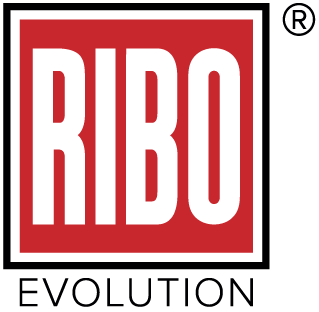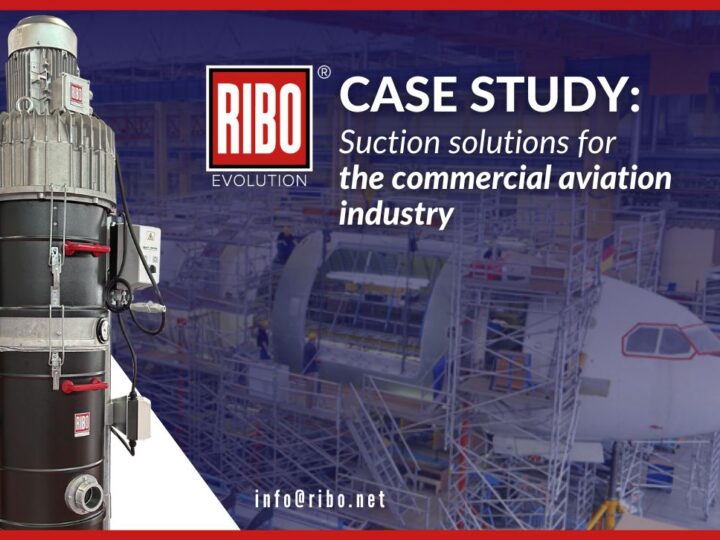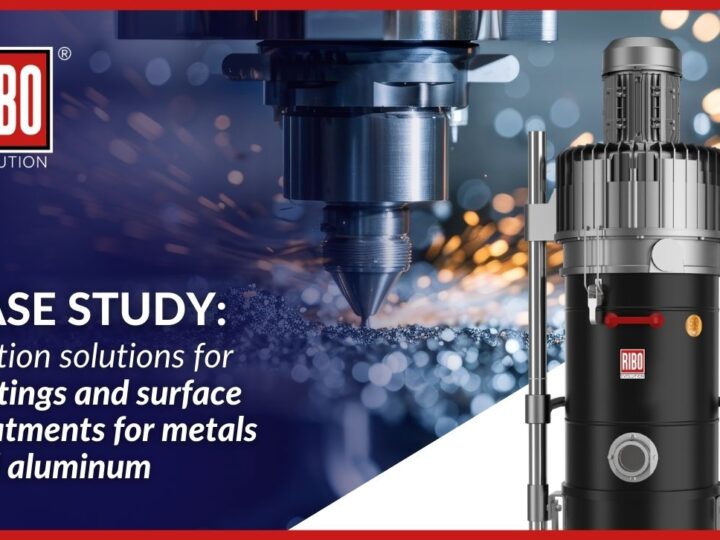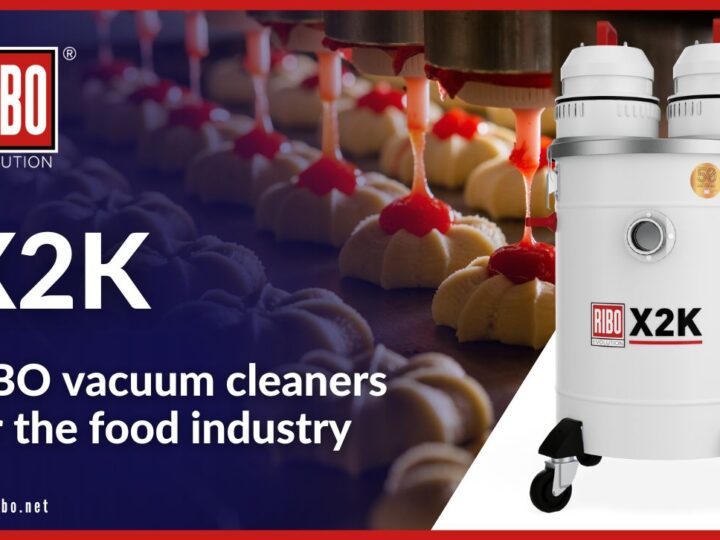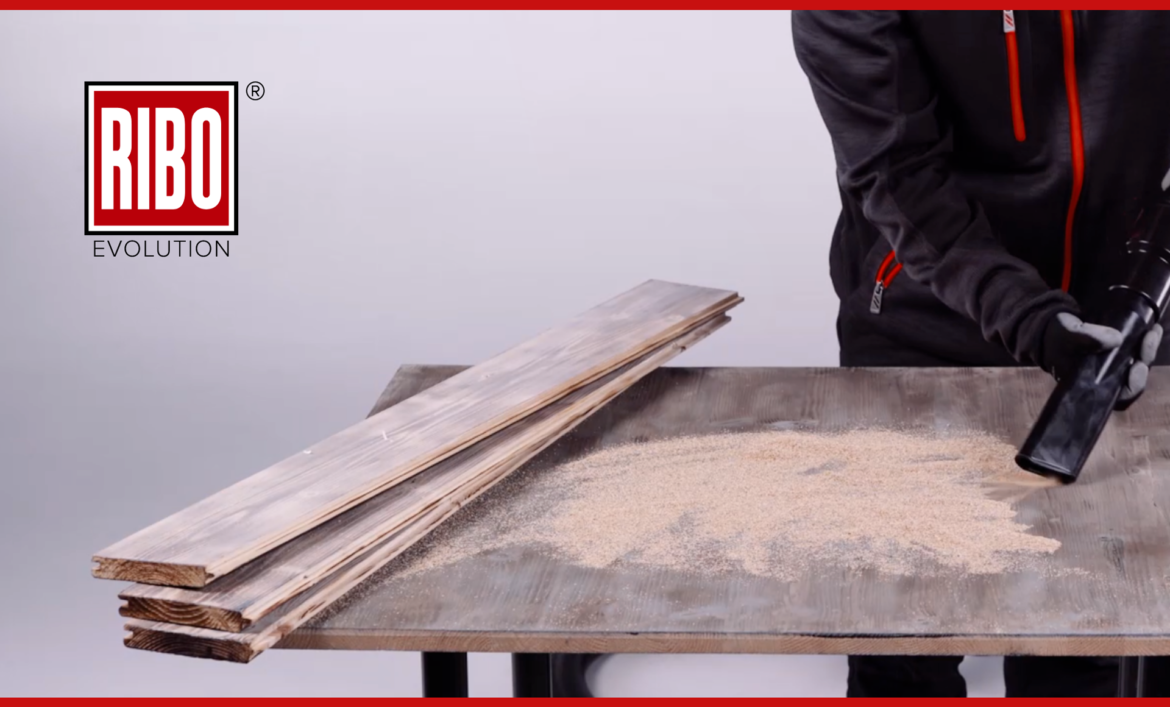
When it comes to fine dust, it is necessary to provide a suctioning system specifically designed for each case. In fact, not all fine dust is the same and, very often, exposure to it can pose a health risk to operators.
RIBO has always been involved in studying customized solutions to prevent the dispersion of fine dust in the work environment. Generally, the process we follow to treat fine dust is divided into three steps: let’s look at them together.
1. Choosing the right filter
As specified in the opening, not all fine dust is the same. For this reason, in the most special cases, RIBO experts perform a preliminary analysis on a sample of material, requested to the customer, to determine its particle size and characteristics. This step helps determine the most suitable filtration class for the specific particle size.
Once the particle size has been established, it is time to choose the most suitable filter media to suction this type of material. These systems follow the classification of dust hazardous to health and related suction devices, which is governed by IEC 60335-2-69 worldwide and EN 60335-2-69 at the European level.
- Dust category L (moderate). This category includes dust with MAC (Maximum Allowable Workplace Concentration) values greater than 1 mg/m³. Filters belonging to this category are capable of retaining at least 99% of suctioned particles.
- Dust category M (medium). This category includes dust with MAC values greater than 0.1 mg/m³ and wood dust. Filters belonging to this category are capable of retaining at least 9% of suctioned particles.
- Dust category H (high). This category includes dusts with MAC values lower than 0.1 mg/m³, including carcinogenic and pathogenic dusts. Filters in this category are capable of retaining at least 995% of suctioned particles.
ULPA (Ultra Low Penetration Air) absolute filters, which represent the last stage of filtration, the one that retains the absolute finest dust, should also be added to this classification.
2. Additional filtration systems
Although the choice of the right filter is important, even more important is the installation of a separation system upstream of the main filter. The goal is to get as little material as possible to the main filter of the vacuum cleaner, to preserve its performance longer over time.
For this reason, RIBO industrial vacuum cleaners designed to treat fine dust can include a cyclonic prefilter that allows more than 90 percent of the suctioned material to be captured before it reaches the main filter, separating coarser particles from finer ones thanks to its inertial separator function.
3. Automatic air filter cleaning systems
To preserve the filter over time, it is necessary to set up automatic cleaning systems to remove residual deposited dust. Generally, the operators make use of compressed air, which can be used in two different ways:
- The vacuum cleaner is connected to the workshop’s compressed air system via a direct connection. This releases a jet of compressed air inside the filter cartridge to clean it of deposited dust. These air jets can be sequential and timed.
- If there is no compressed air system in the workshop, a compressor can be provided on board of the vacuum cleaner to generate the compressed air independently and clean the filter of any fine dust residue.
